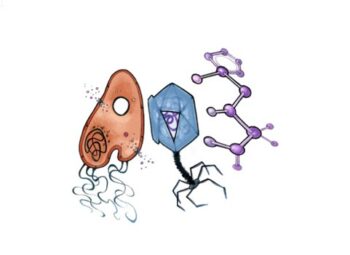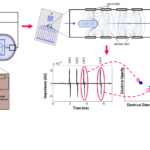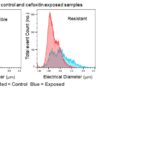BIC – bacterial impedance cytometry
A novel, fast, simple, single cell approach to monitor the tiny electrical changes taking place in bacteria in response to antimicrobial agents.
Fast, adaptable, label-free, phenotypic method giving novel insights into bacterial responses.
- Antimicrobial stewardship
- Microbial diagnostics
- Antimicrobial compound/strategy
- Infection prevention
- Removal antibiotics/bacteria
Microorganisms:
- Bacteria
- Viruses
- Fungi
- Yeasts
- Parasites
Application:
- Human
- Veterinary
- Other
- AgriFood
- Environmental
Development stage:
- Research
- Development
- Validation
- Market entry
- Marketed product
- Government
- Company
- Academia
- Institute
- NGO
Partnering:
- Co-develop
- Joint Venture
- License
- Outsource
- Sell
Funding organisation:
- GARDP
- OTHER / NA
- CARB-X
- FIND
- REPAIR
Infectious disease area:
- UTI
- STI
- BSI
- RTI
- GII
- SSTI
- CNSI
- IAI
- SSI
Geographic origin:
- Eurasia
- North America
- South America
- Africa
- Oceania
Companies, academics, charities, SMEs interested in an open innovation approach to antimicrobial discovery and evaluation.
UKHSA is an executive agency of the Department of Health. UKHSA Porton specialises in R&D incl. new antimicrobial therapies, vaccines & diagnostics. The AD3 (Antimicrobial Discovery, Development and Diagnostics) Group aims to develop new interventions for antimicrobial resistance (AMR) and healthcare associated infections (HCAI). The team uses a variety of approaches to develop real life solutions to practical problems and takes an interdisciplinary approach, working with a variety of groups in life sciences, chemistry, physical sciences and engineering.
Technology to support early stage evaluation of antimicrobials, including companion diagnostics. Other applications: AST for UTI, MRSA, N. gonorrhoeae; characterisation of bacteriophage infection & host susceptibility; research tool to investigate modes of action, mechanism of resistance etc. As read-out takes 30 seconds, immediate changes can be seen.





